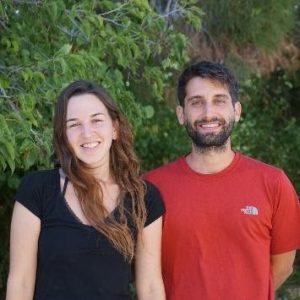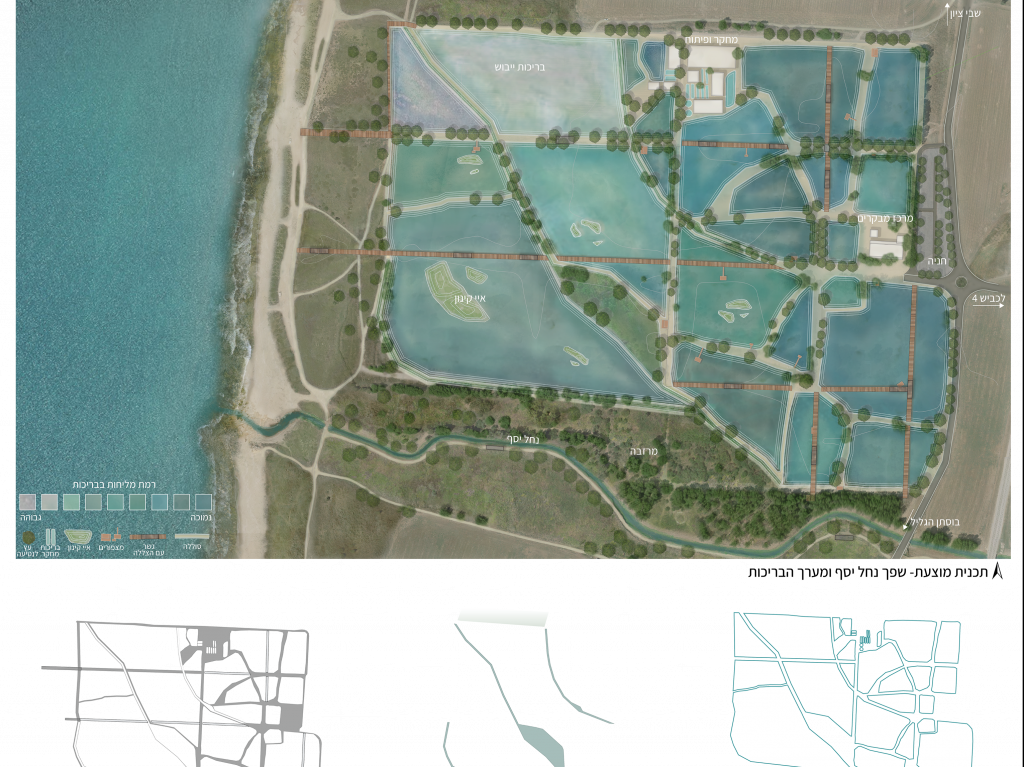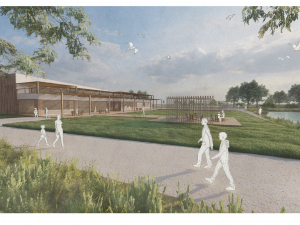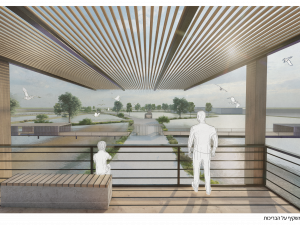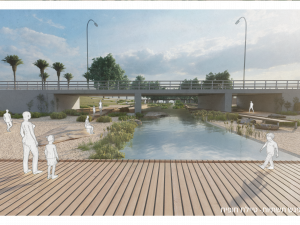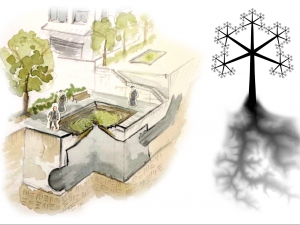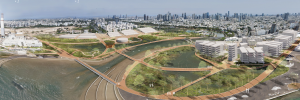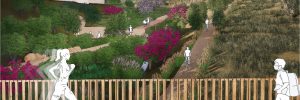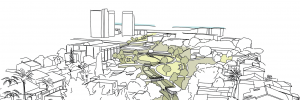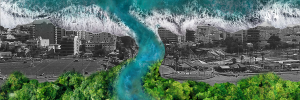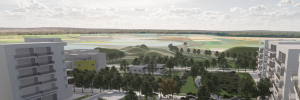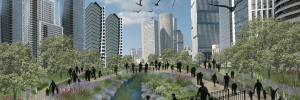Exchanges at the Confluence: Perceptual and Environmental Change in Estuaries of the Western Galilee
The estuary is the point at which the land, the stream and the sea meet. This unique area of ecological, environmental and spatial value is home to complex relationships. Due to growing populations and pressures of urbanization and industrialization, human intervention is changing this environment, attempting to create new law and order in relation to the streams. The perception of natural springs and the intense human interference produce a space that does not support this natural confluence or enhance its qualities. What relationship do we want to establish that will accentuate this extraordinary meeting point?
We decided to explore this issue in the Western Galilee, where five estuaries create a number of meeting points over a short distance. Despite their proximity, each environment raises different spatial issues. We examined each space through prisms of planning, interfaces in the field and effects on the perception and image of the specific environment.
Of these five confluences we focused on three estuaries at different resolutions. The first is the estuary of Nahal Bezet, which has undergone changes from an intensely touristic site to a nature reserve. Next is the estuary of Nahal Kziv, which is considered part of Achziv National Park but does not fulfill its potential. Finally, we focused on the estuary of Nahal Yassaef, a unique landscape with scenic value, in the vicinity of which a desalination plant is planned. With the plant on the verge of construction, we still have an opportunity to plan how the estuary and a large infrastructure facility can coexist. For each of these meeting points we contended with the issue of nature preservation and enhancement of scenic and ecological values, while regarding the human and tourist aspect in relation to existing and future facilities.
There are patches of existing nature reserves and proposed reserves in the vicinity of the Nahal Bezet estuary. We propose creating a confluence between these nature reserves, celebrating the diverse scenery that exists in the area, including existing infrastructure, and constructing a pathway that connects all these sites and incorporates existing and planned trails. The Nahal Kziv estuary has essentially become the “backyard” of Acziv National Park. We suggest changing the surroundings of the estuary and turning it into a tourist destination while preserving and fortifying the natural environment, offering a variety of experiences that complement the national park experience. This will act as a gateway to tourism in the north, with emphasis on promenades.
In contrast, in the area of the Nahal Yassef estuary, the challenge of planning alongside a future desalination plant that is threatening the integrity of the space has given rise to a change in the functional environment, enriching the relationship within the encounter. Brine from the desalination plant can be used to create a system of pools that will produce a variety of habitats, including a refuge for endangered species, which will attract birds. This would also agument regional tourism, education, development and research. The project focuses on these three estuaries and their surroundings, using these activities to create a space that supports and is supported by the estuary locally, regionally and even nationally.


